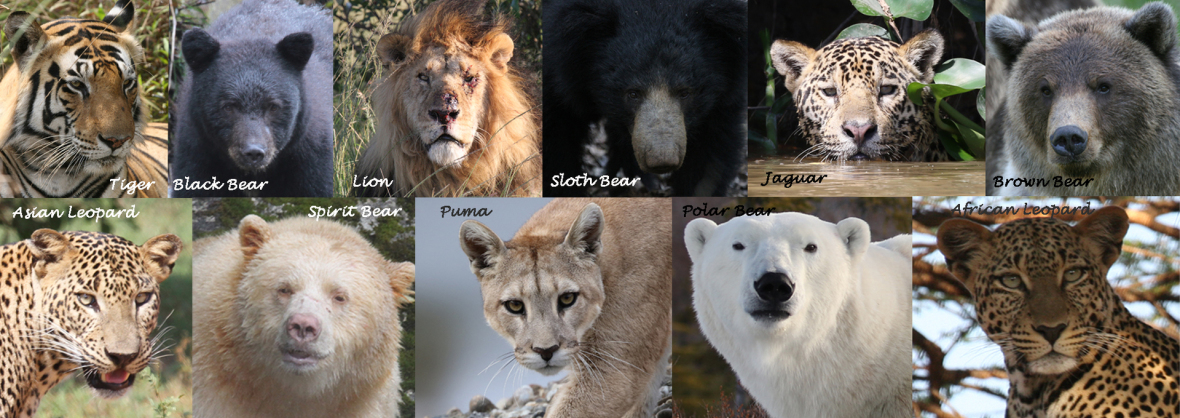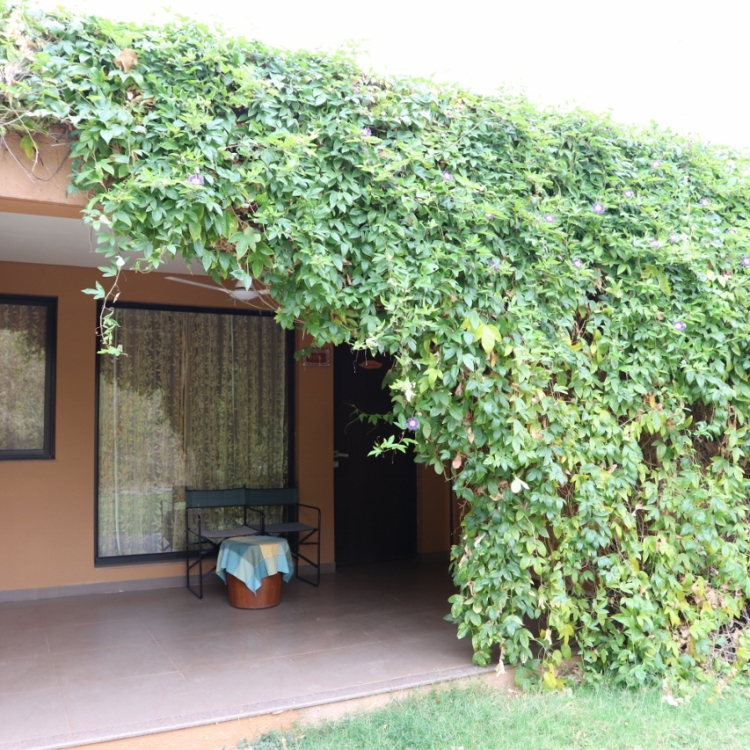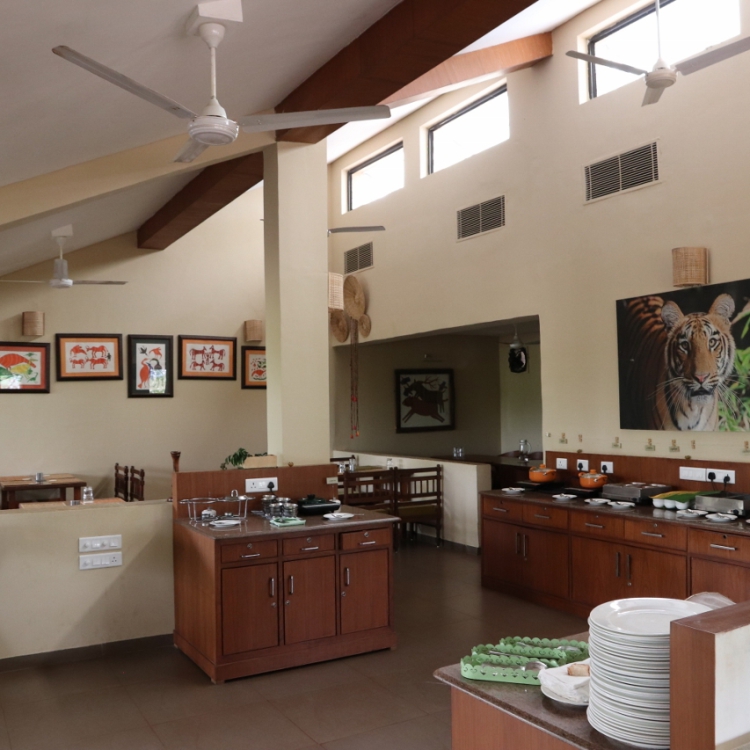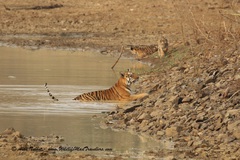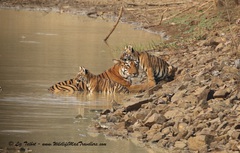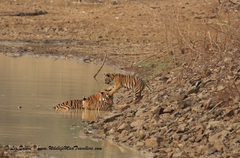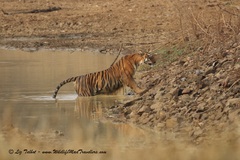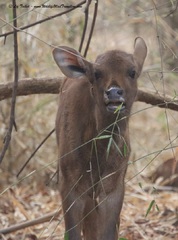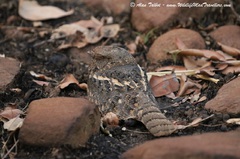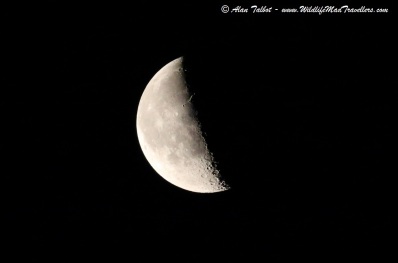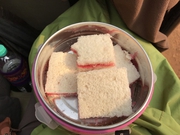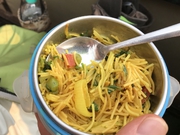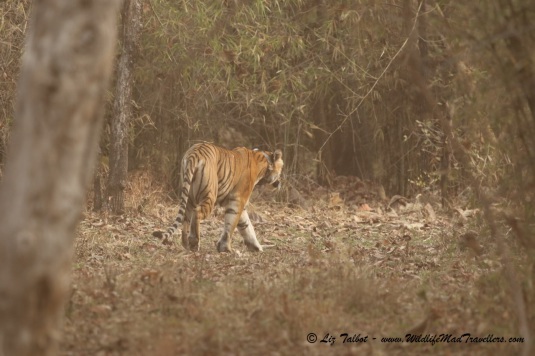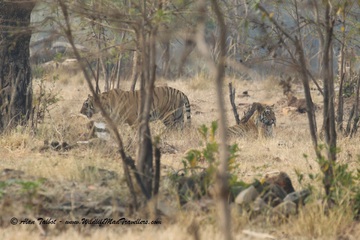Tadoba National Park
Days 3 to 6
Tadoba Andhari Tiger Reserve is the largest national park in Maharashtra with a total area of more than 625 square km. There are approximately 90 tigers in the reserve and 60 in the forests surrounding the reserve.
In addition to tigers, the reserve has many other mammals including leopards, sloth bears, gaur, nilgai, dhole, striped hyena, small Indian civet, jungle cats, sambar, barking deer, chital, chausingha and honey badger.
Its reptiles include marsh crocodiles, terrapins, star tortoise, cobra, python, Russel’s viper and monitor lizard.
